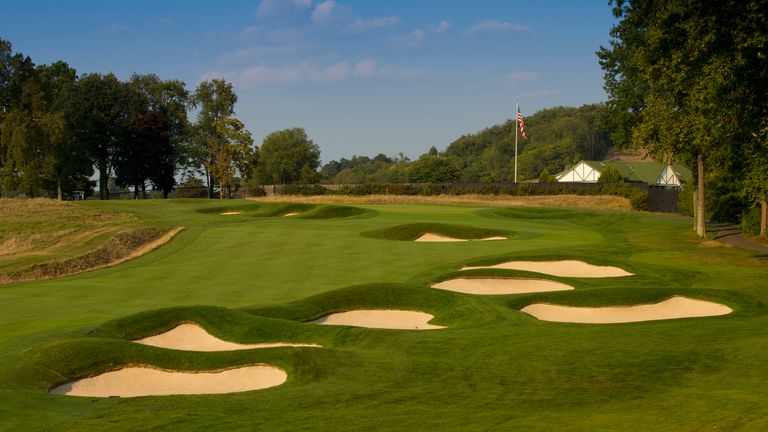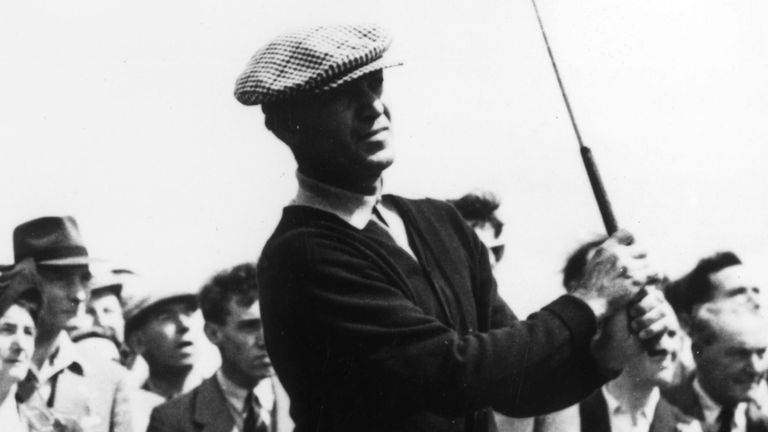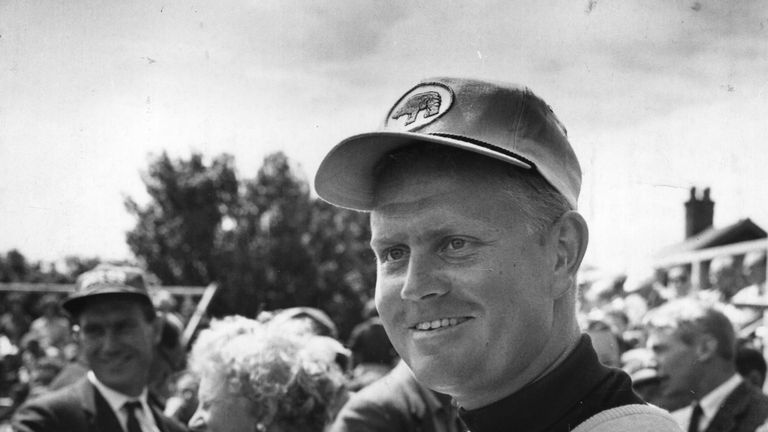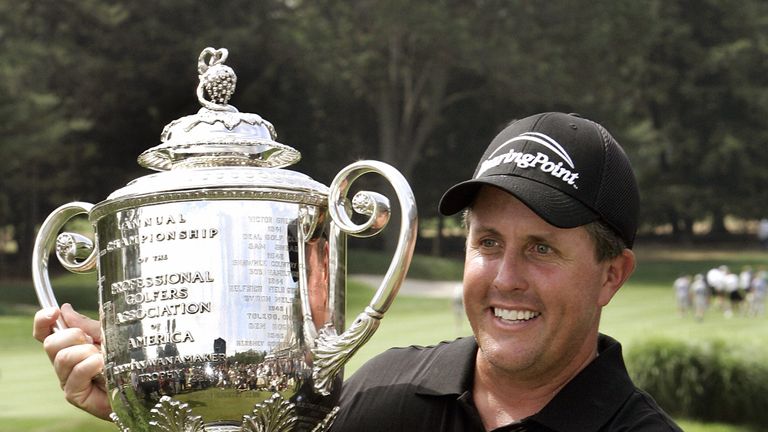Bruce Critchley looks forward to three majors at historic venues in 2016
FROM SKYSPORTS.COM
Bruce Critchley looks ahead to the classic collection of major venues for 2016, steeped in history and memorable moments.
By BRUCE CRITCHLEY This year sees a collection of major championship venues that could well have come from 20, 30 or even 50 years ago. After a decade when scarcely a year has gone by in America without some new venue coming on the scene - be it Chambers Bay, Bethpage Black, Torrey Pines or Whistling Straits - this year sees a return to old tried and tested courses.
The US Open returns to Oakmont (pictured above) for a ninth time. It was always known to be formidably difficult from the day it opened just after the turn of the century; the only surprise being it took 20 more years before it was chosen for a US Open.

Heavy bunkering and thick rough are a feature at Oakmont
It was W C who added the draconian bunkers and lightning fast greens that to this day make Oakmont one of the most awesome tests in the States.
A contestant in an early championship said of the greens: "On the third I marked my ball with a dime and it slid off into the trap!" Vinnie Giles, a US Amateur winner in the 1970s, spoke of Oakmont greens as "like trying to putt down a marble staircase".
Of venues that have been chosen regularly for Open Championships there are two, one on either side of the Atlantic, that could host one at a moment's notice, and without any tinkering or tricking up. Oakmont is one, Carnoustie its equivalent in the UK, and incidentally where the British Seniors Open will be played this year. Both, on a daily basis, ask questions that bother all golfers, even those at the very peak of the game.

Ben Hogan won his fourth US Open at Oakmont in 1953, and
remains the only golfer to win the Masters, US Open and Open
Championship in the same year
Having already won The Masters, only the lack of a jet plane to get him back for the US PGA championship stopped Hogan becoming the only ever winner of the Grand Slam; there was certainly no golfer about then who could have done.
Nine years later another heavyweight confrontation at Oakmont had consequences for the game few could have foreseen. Arnold Palmer had by then taken over Hogan's mantle as the "greatest living…" and for a year or two had mused about 'doing the Grand Slam'.
In 1960 Pa;mer had already won both the Masters and the US Open and single-handedly resurrected our Open by declaring that no man could call himself champion without first winning under all circumstances, and that included "on the links".
Kel Nagle though beat him by a shot at St Andrews in the Centenary Open over the Old Course

Jack Nicklaus won the first of his 18 majors at Oakmont
in 1962, beating Arnold Palmer in an 18-hole play-off
Throughout the final day the Championship was always between the two and when Palmer three-putted for the 11th time that week on the 72nd hole, Nicklaus caught him and saw him off the following day.
A few short weeks later Palmer seemed to sweep that result under the carpet. He was defending champion, having won The Open at Royal Birkdale in dramatic style, and in Scotland he soon shrugged off the disappointment of Oakmont, indeed made it look a one-off aberration.

Defending champion Arnold Palmer cruised to a six-shot win in The Open at Royal Troon in 1962
Most subsequent winners of the Open at Troon have perhaps not been quite out of the top drawer as regards winning championships; Tom Weiskopf in '73, Mark Calcavecchia in '87, Justin Leonard in '97 and Todd Hamilton in '04 all won just the once.
Only Tom Watson in 1982, during a rich run when he won The Open three times in four years, could you call a really class winner of a recent Championship at RoyalTroon.

Tom Watson dominated The Open in the early 80s, winning
three times in four years including in 1982 at Troon
Whenever a regular venue for the US Open becomes the choice of the US PGA for their Championship, it seems it is scarcely ever picked again by the USGA for theirs.
Could they possibly believe such a course has become tainted? The USGA will point to Southern Hills in Oklahoma as the exception to disprove the point
Quite possibly Baltusrol had already been seen as no longer up to the job anyway. Both in 1980 in the hands of Jack Nicklaus and again in 1993 when Lee Janzen won, the lowest ever score in a US Open was posted. Once may be allowed, never twice.

Phil Mickelson won the last major to be played at Baltusrol - the PGA Championship in 2005
So this year sees a second US PGA Championship at Baltusrol, 10 years after Phil Mickelson won his sole title in a tight squeeze against, among others, Thomas Bjorn.
That was the second occasion the gifted Dane had got closer than most Europeans to one of golf's great prizes without ever quite managing to grasp it.
Labels: PRO GOLF
0 Comments:
Post a Comment
<< Home